| Structure | Name/CAS No. | Articles |
|---|---|---|
 |
Ammonium acetate
CAS:631-61-8 |
|
 |
Acetonitrile
CAS:75-05-8 |
|
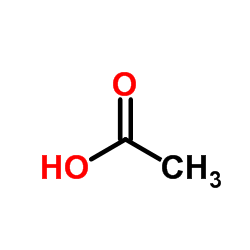 |
acetic acid
CAS:64-19-7 |
|
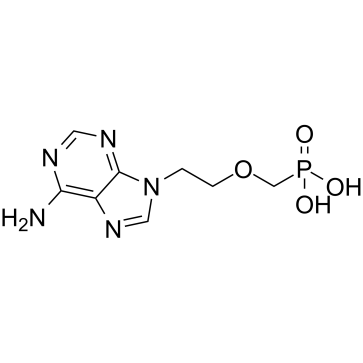 |
Adefovir
CAS:106941-25-7 |
|
 |
Tetramethylammonium hydrogensulfate
CAS:80526-82-5 |
|
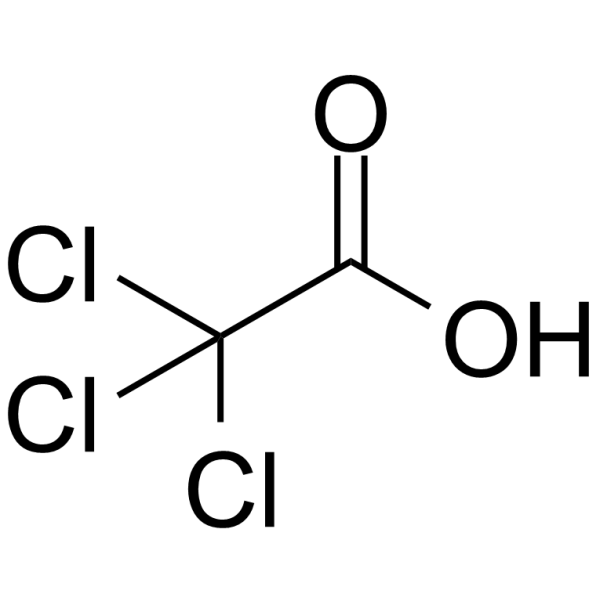 |
Trichloroacetic acid
CAS:76-03-9 |
|
 |
Lamivudine
CAS:134678-17-4 |
|
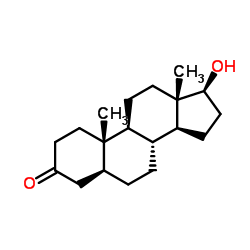 |
Stanolone
CAS:521-18-6 |
|
 |
acetic acid
CAS:1173022-32-6 |
|
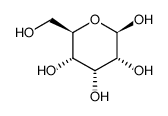 |
Beta-D-allose
CAS:7283-09-2 |